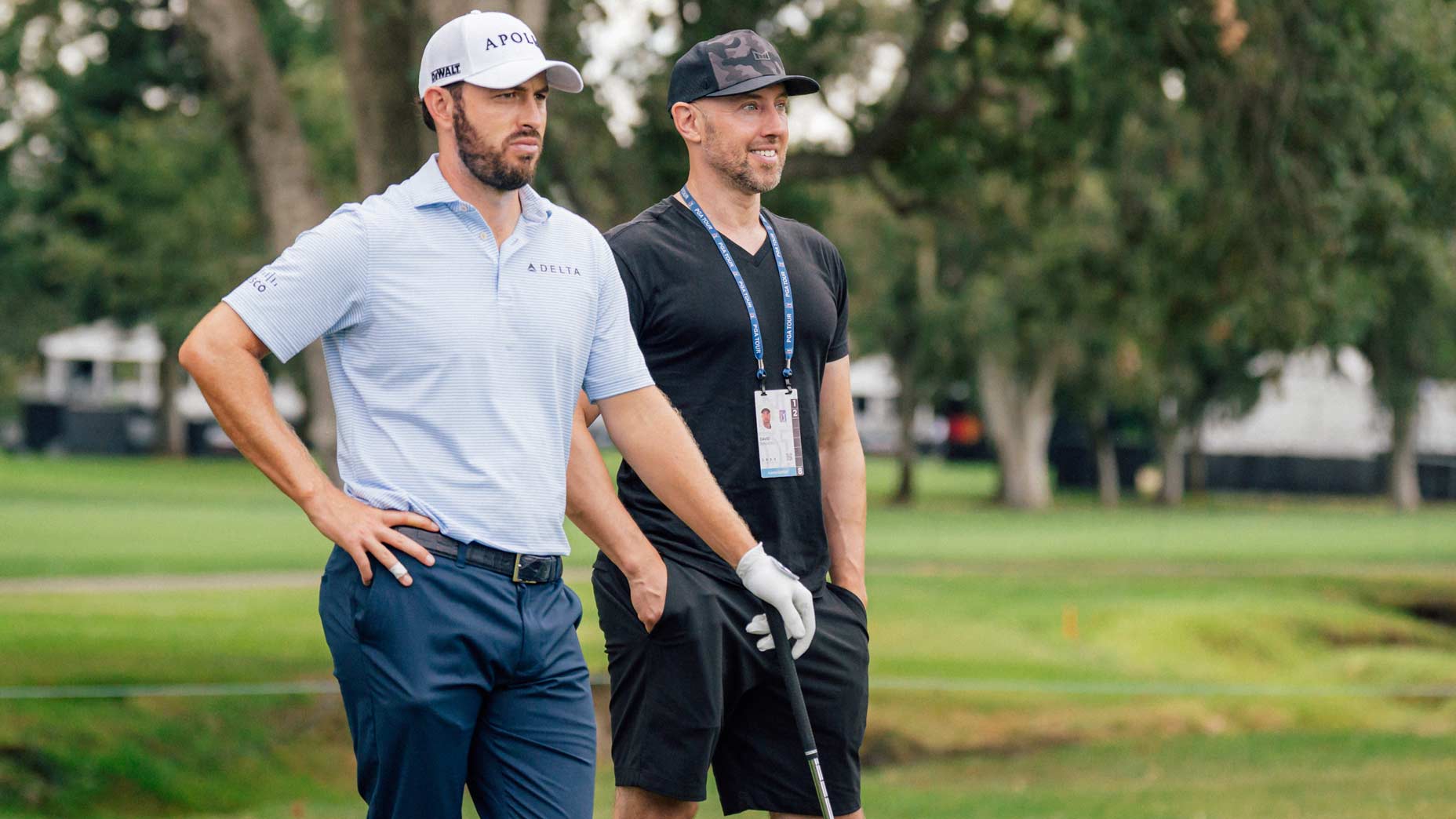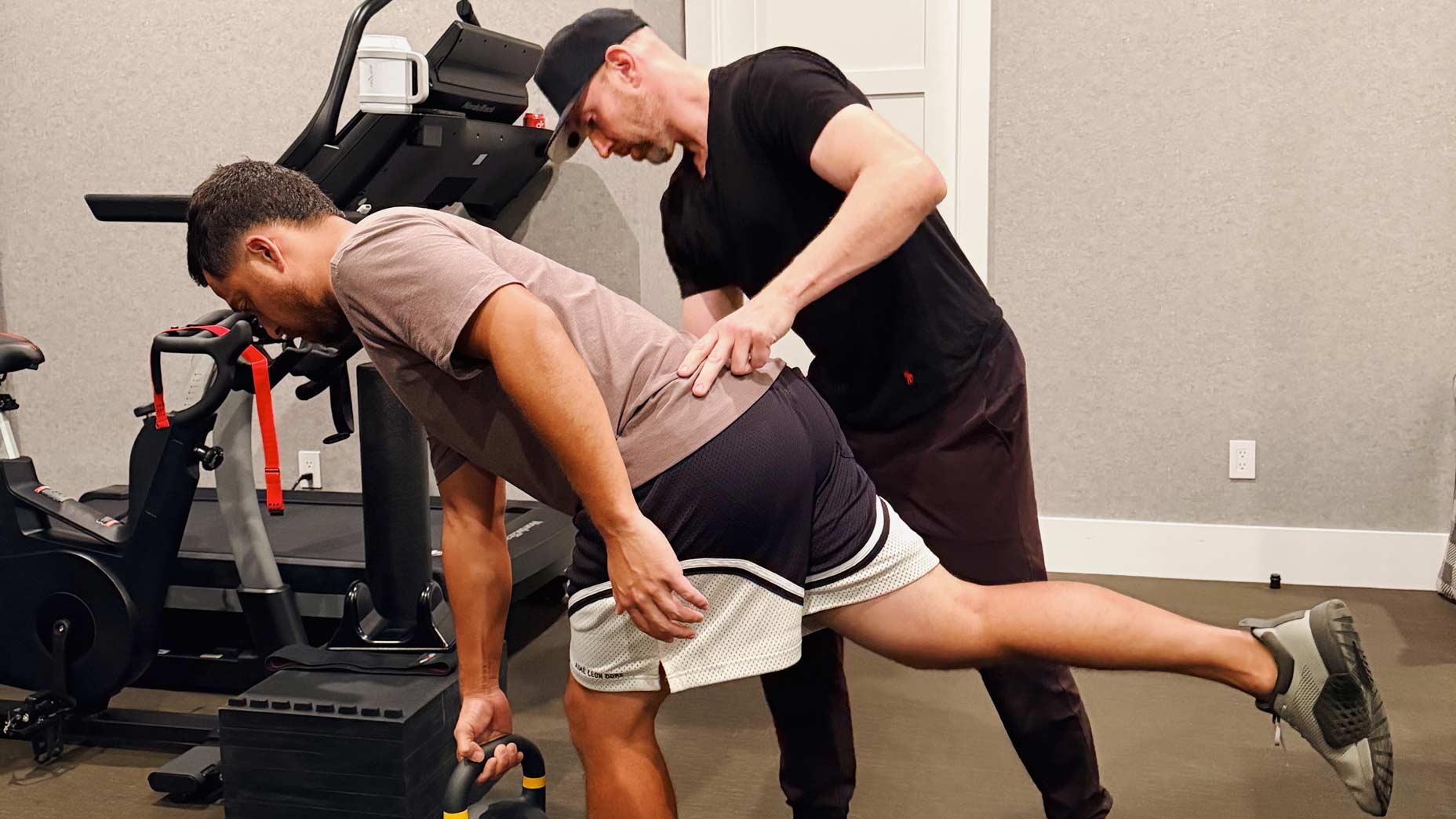 I followed a PGA Tour trainer’s strength routine. The results shocked me
I followed a PGA Tour trainer’s strength routine. The results shocked me
I tried Pilates to help my back and golf game, here’s what I learned
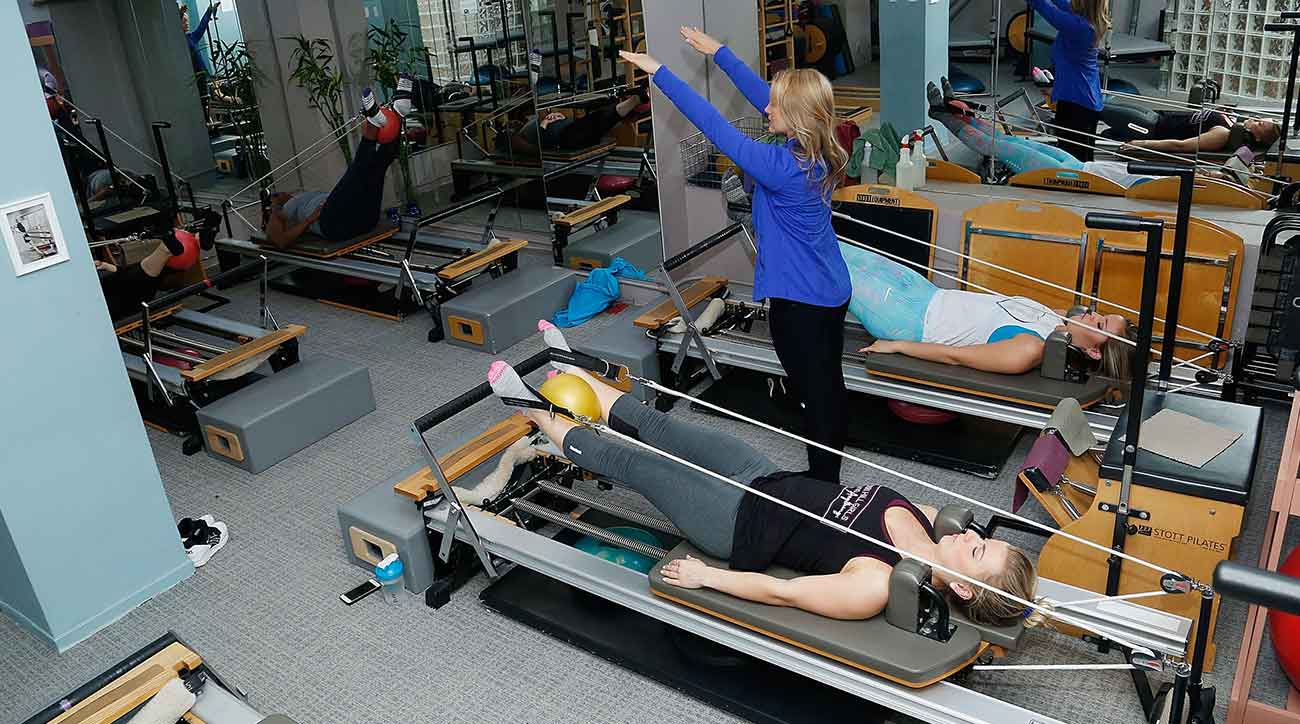
Whatever your opinion of Pilates, you’re probably at least half-right. Full-body functional fitness workout? Strength-builder and injury prevention weapon? Challenging test of flexibility? Terrifying venture in sadomasochism? All are valid descriptors.
I can speak to those opinions because, at different points in the last several weeks, I’ve held each of them. Today, having persevered through a full, 90-minute session, I still hold many of them.
But it wasn’t preconception that led me inside a chalk-blue Pilates studio on the North Shore of Long Island several weeks ago. It was the dogged pursuit of a story that might bring relief to the few million golfers like me who’ve been plagued by back pain. Or at least, that’s what I told myself, right up until the moment I realized it was too late: sitting on an entanglement of ropes and pulleys that my instructor delightedly told me looked “like a torture device.” Shortly thereafter, I learned the hedonistic contraption’s name: the “Reformer”.
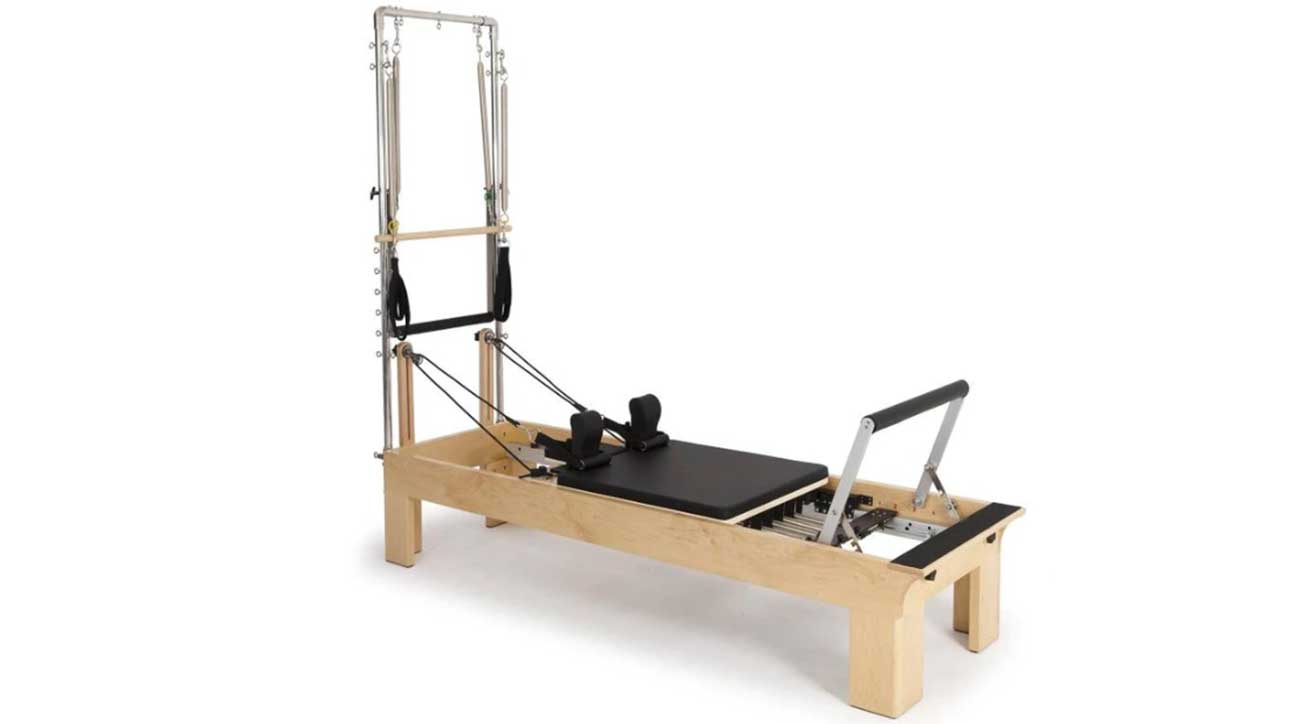
A Pilates Reformer is unlike anything you’ve ever seen. A sliding bench sits on tracks between two sets of poles. On one side is a sturdy bar for your feet. On the other side, two straps (attached to a bar behind your head) come over your chest and wrap around your hands or feet.
Underneath the bench are five multi-colored springs which can be attached beneath the foot bar. Each spring represents a different level of resistance, allowing you or your instructor to customize the difficulty of the exercise. In its simplest form, Pilates is using your body’s various muscles and joints (legs, hips, abs, spine, lats, shoulders and arms) to pull the bench closer or push it further away from the foot bar.
As I received my Reformer training, I met my master. There would be no savior from what was about to come. Pain was a certainty. Embarrassment was a certainty. Tears were a possibility. All I could do was hope I’d possess the ability to leave the studio on my own two feet in favor of a gurney.
The Workout
In the 90 minutes that followed, I found my preconceptions profoundly wrong on nearly all accounts. The workout wasn’t a race to the summit of a sadistic mountain of suffering that I’d envisioned. It was a slow, steady burn — literally and figuratively.
As my instructor Amy Aranoff explained, Pilates is different from other workouts because it trains the muscles your body uses daily.
“Pilates is all functional movement,” she said. “It’s all movement that replicates the human body getting off your couch, getting in and out of a golf cart. It’s about learning how to engage proper musculature. I always say, ‘If you do Pilates correctly, you’ll never get hurt.'”
We started the class with footwork — stretching and testing the lower legs against the foot bar. Beyond serving as a quick warm-up, footwork is something of a handshake between teacher and student.
“As you’re stretching, I’m doing a body scan,” Amy said. “There’s no perfectly symmetrical person, Pilates instructors are trained to spot those asymmetries.”
ADVERTISEMENT
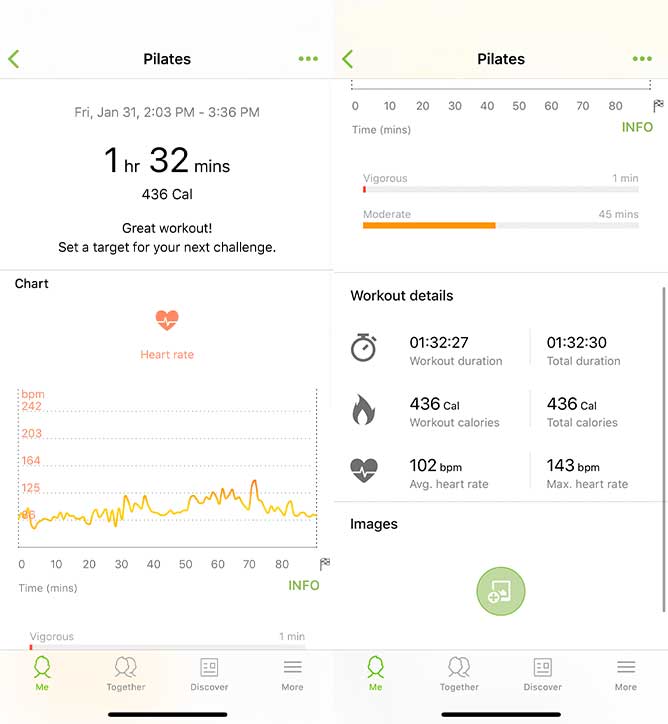
My problem area was my left side, which Amy theorized was due to my left-handedness.
“(Asymmetries are) usually the result of repetitive movements. How you sleep, which hand is dominant, if you’re compensating for an injury. All of these things are factors.”
Then came the knockout punch. Core work. This portion of the workout was constant tension (holding what’s called a “tabletop” position) with added interval exercises to target specific areas. As a lifelong athlete, I don’t say this lightly: this was one of the most challenging exercises I’ve ever done.
As Amy explained (between my interspersed profanity and involuntary groaning), the back injuries I’d dealt with for years likely could be traced to a weak core.
“Everything we do in our bodies, especially in our core, translates to everything else,” she said. “A strong core improves posture, lessens the pressure on your back and can help flexibility.”
After 25 exhausting minutes, we transitioned to lower body work — trying to build flexibility and mobility in the hips. Then, it was on to the upper body, working the lats and arms. In both exercises, we worked unilaterally, focusing on one side of the body at a time.
“With unilateral work, we’re teaching one arm how to stabilize the other side,” Amy said. “It’s wonderful for golf because it’s a sport that relies heavily on the dominant side, so you’re training those skills.”
Soon after, I was standing again.
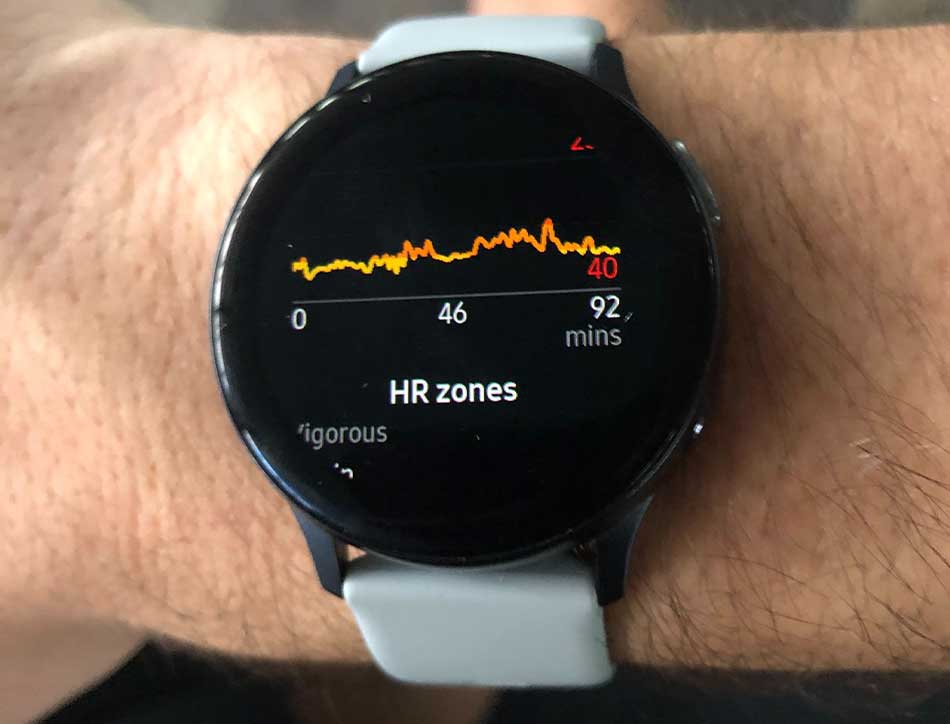
Takeaways
The workout was much than I’d imagined. Yes, it was rigorous — even exhausting at points, but it was also, dare I say it … fun? The post-workout high was incredible. I felt accomplished and flexible, my posture improved. Using my smartwatch, I tracked my heart rate to find physiologically, the workout wasn’t any more strenuous than a long run. I awoke the following morning feeling like I’d been punched in the stomach (an expected outcome, according to Amy), but after some light stretching, most of the abdominal pain subsided. I even felt good enough to go to the gym later that day.
A few weeks removed from the workout, I’m a believer. My core feels stronger, my posture is noticeably better and my back has been pain-free. An ironic outcome, given that the lower back felt like an afterthought for most of the class.
“If someone has low back issues and all they want to do is work on their lower back … nope, this isn’t gonna be their thing, Pilates works the whole body,” Amy told me afterward.
I’ve been asked a few times if the discomfort and fear were worth the outcome. It’s a difficult question to answer for other people, but I feel it was. Sure, it required a little bit of a push and a lot of courage, but if 90 minutes of Pilates can leave me feeling like this, imagine what a few months of it can do for you. I made up my mind. I’m going back next week.
To receive GOLF’s all-new newsletters, subscribe for free here.
ADVERTISEMENT


